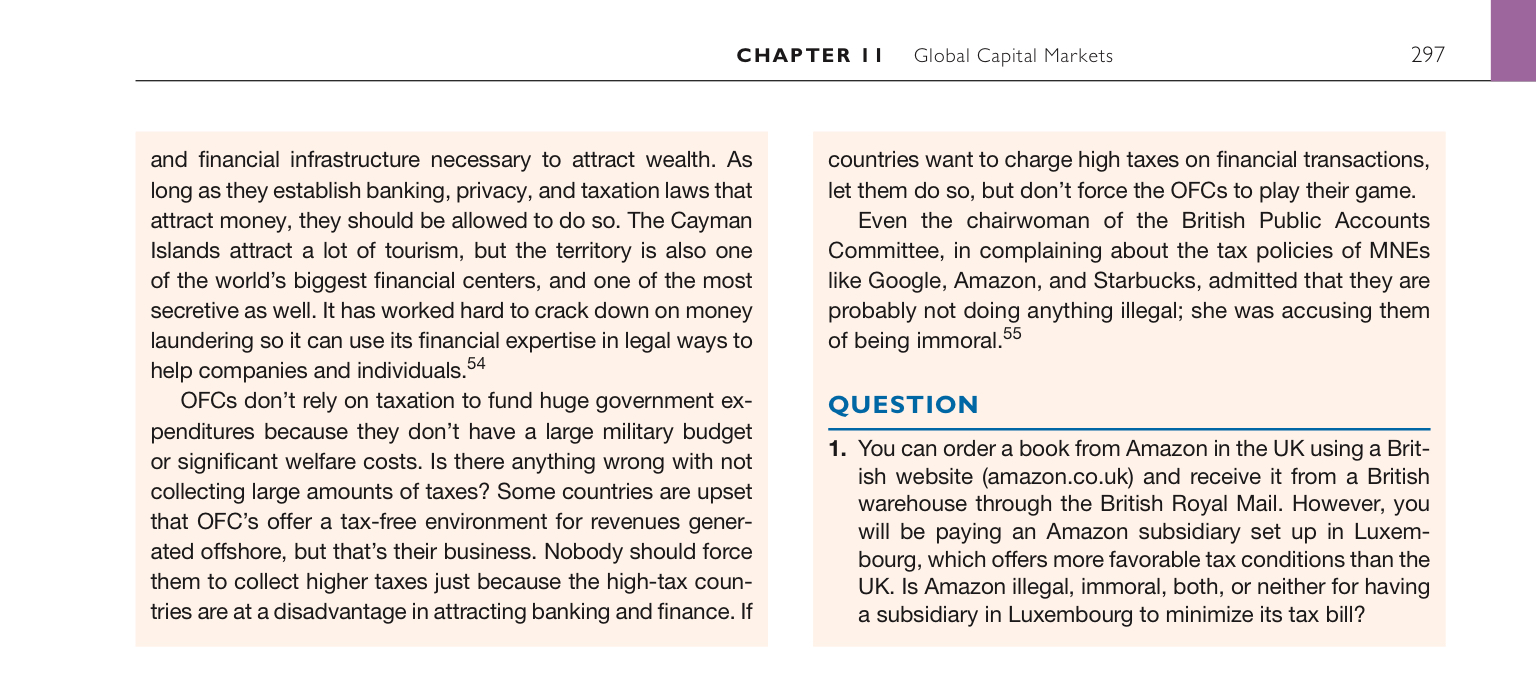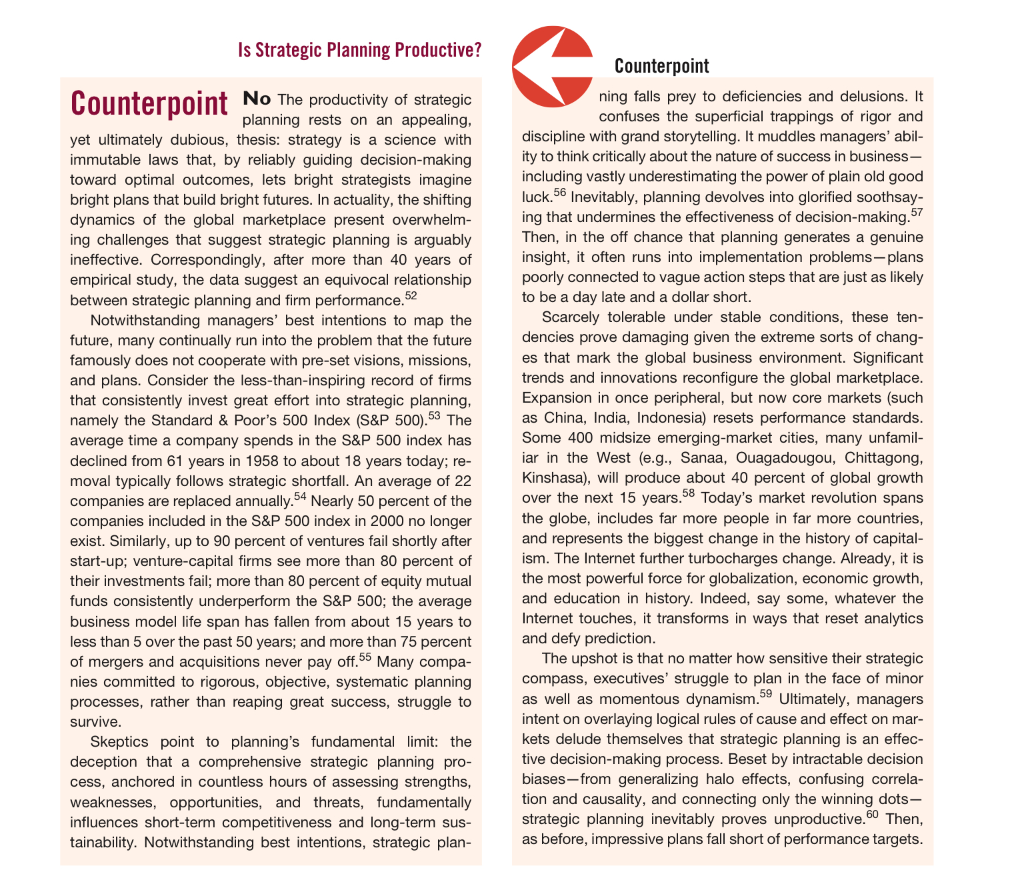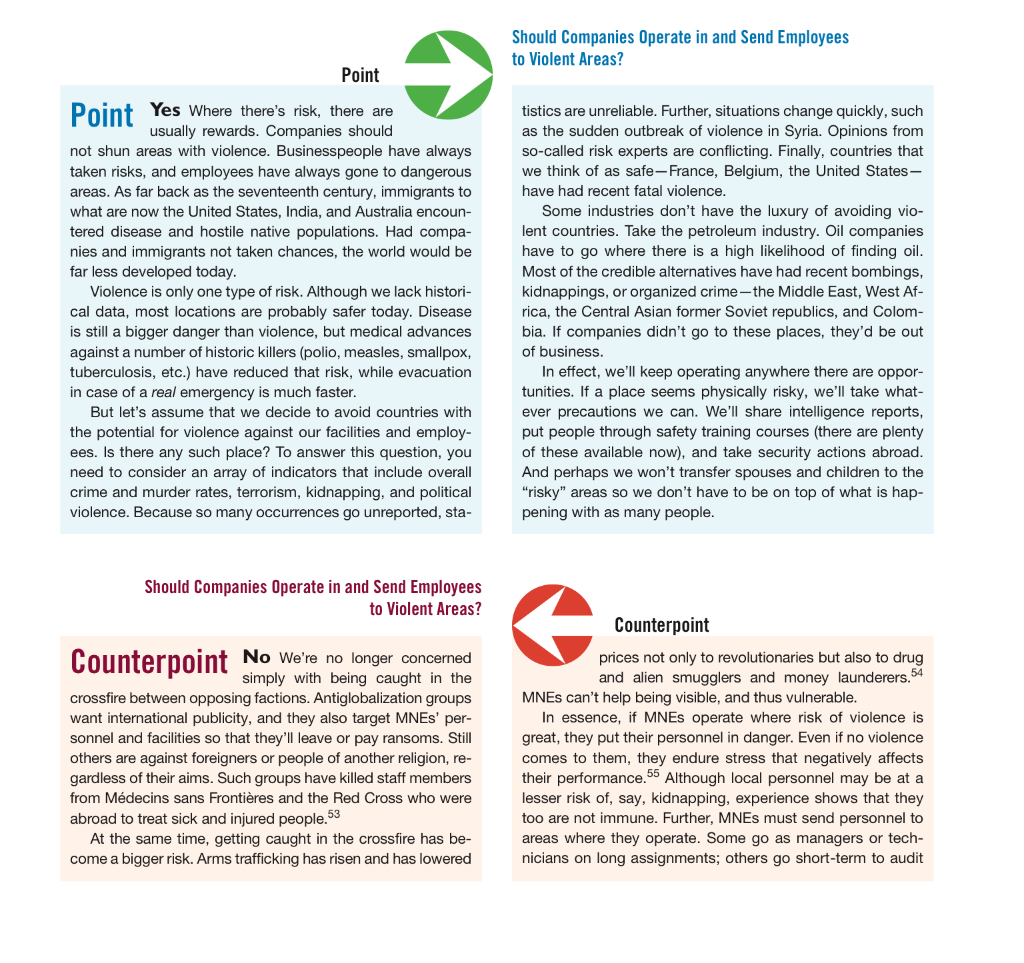Answered step by step
Verified Expert Solution
Question
1 Approved Answer
Explain in a minimum of one paragrapth on the Point/Counterpoint topics from Chapters 11, 12, and 13. Chapter 11: Offshore Financial Centers Chapter 12: Strategic
Explain in a minimum of one paragrapth on the Point/Counterpoint topics from Chapters 11, 12, and 13.
Chapter 11: Offshore Financial Centers Chapter 12: Strategic Planning Chapter 13: Companies in Violent Areas
Chapter 11


Chapter 12


Chapter 13


Step by Step Solution
There are 3 Steps involved in it
Step: 1

Get Instant Access to Expert-Tailored Solutions
See step-by-step solutions with expert insights and AI powered tools for academic success
Step: 2

Step: 3

Ace Your Homework with AI
Get the answers you need in no time with our AI-driven, step-by-step assistance
Get Started


